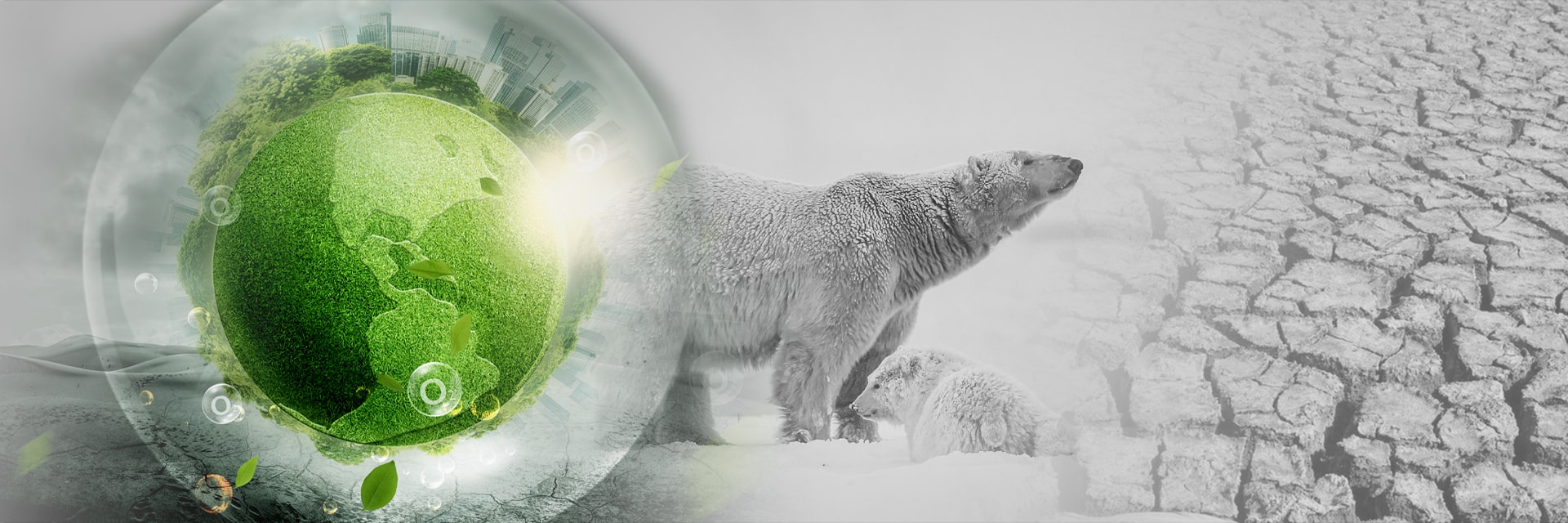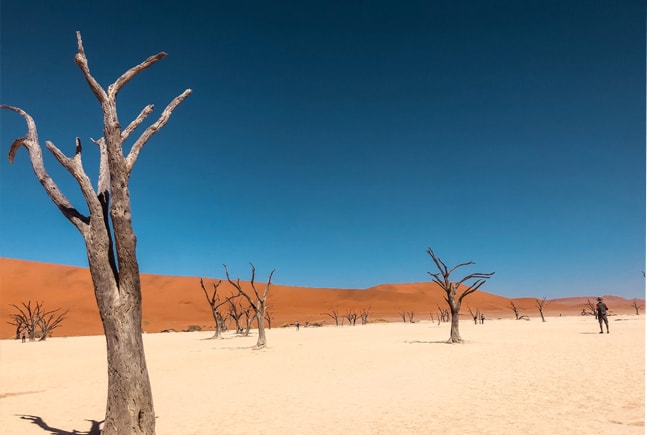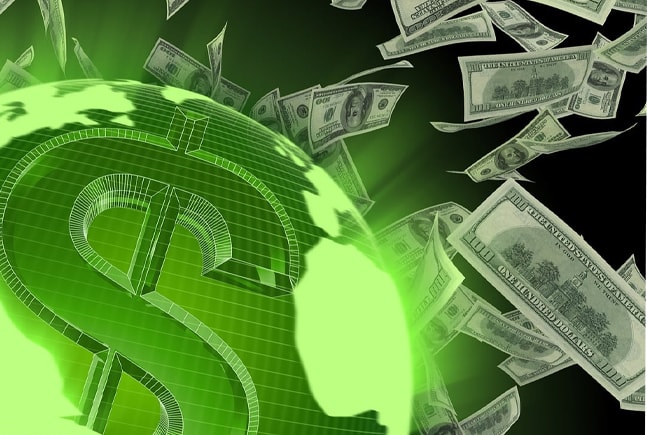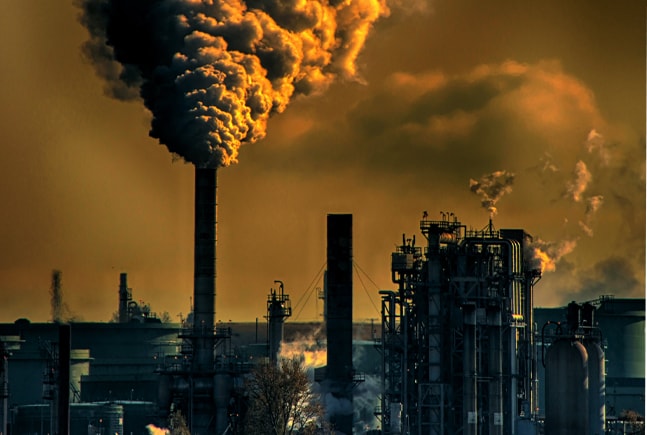The Hazards of the Energy Revolution on Climate Change
Over the past 200 years, industrial civilization has generated significant environmental, climate, and sustainability problems. Advances in modern non-fossil energy sources are driving humanity from an industrial civilization towards an ecological civilization, ushering in a new era of the energy revolution. The first stage of the global energy structure transformation was dominated by coal, with coal accounting for 70% of global primary energy in 1913. However, after several decades, the world transitioned to the second stage, dominated by oil and gas, and is now shifting from oil and gas dominance to the third stage, which emphasizes non-fossil energy sources.
Control Fossil Fuel Use
Change the Energy Structure
Increase the Use of Nuclear Energy and Renewable Energy



























































 Crystal Xi
Crystal Xi





 Leave message
Leave message